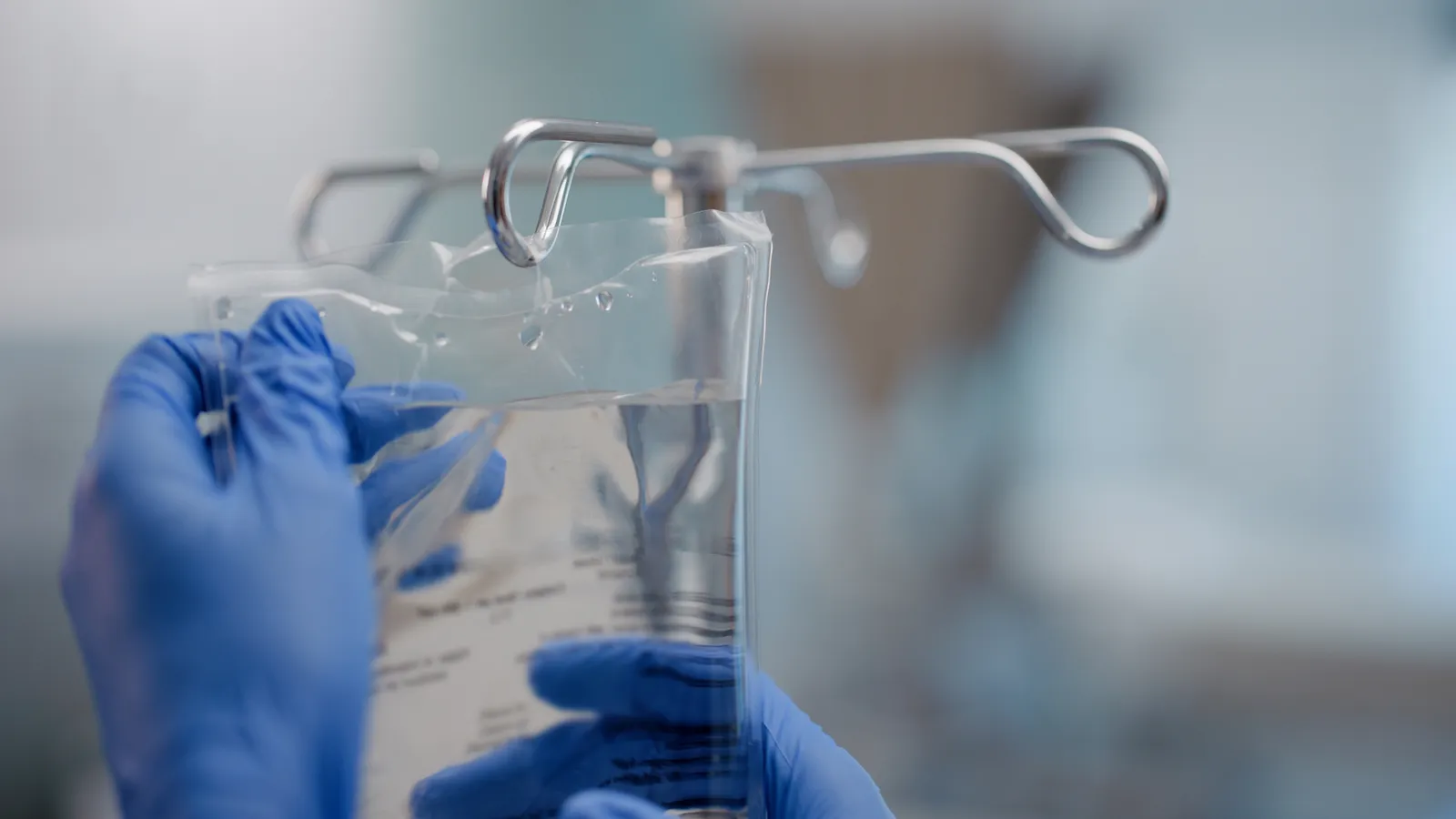 Anish Sebastian, CEO and Co-founder, Babyscripts
Anish Sebastian, CEO and Co-founder, Babyscripts
Women who didn’t have risk factors going into pregnancy are experiencing maternal health complications at higher rates than ever before. They are particularly vulnerable to blood pressure complications. Rates of newly developed and chronic maternal high blood pressure skyrocketed from 2007 through 2019, and show no signs of slowing.
Hospitals are re-evaluating their standard approaches to Hypertensive Disorders of Pregnancy (HDP) as a result. The early identification and management of HDP are essential to improving maternal health outcomes. With an outsized impact on minority women, addressing HDP is also critical for reducing healthcare disparities.
One tool that has shown promise in the management of hypertension is remote patient monitoring (RPM) for blood pressure, which allows continuous tracking and immediate intervention as necessary. It is especially — and uniquely — valuable for pregnancy, where the stakes are significantly different from those in chronic hypertension cases.
Here are five key distinctions between HDP and chronic hypertension — and why RPM for blood pressure is uniquely beneficial for maternal health needs:
Pregnancy is a unique use casePregnancy is a unique cardiovascular event, essentially a “stress test” that can reveal underlying conditions and cause rapid cardiovascular changes, sometimes resulting in hypertensive disorders such as preeclampsia. These conditions can be severe, leading to complications for both the mother and the baby if not managed promptly. Unlike chronic hypertension, HDP requires more immediate and precise monitoring to address the sudden and acute risks it presents.
Pregnancy-specific blood pressure changesNormal blood pressure parameters shift during pregnancy. Even a minor increase can signal the beginning of HDP, necessitating closer and more frequent monitoring to capture these changes early. RPM enables regular monitoring without requiring the patient to visit a healthcare facility each time, ensuring that trends are observed as they develop and enabling faster clinical intervention.
Pregnancy is a defined, time-limited episodePregnancy, unlike chronic health conditions, has a defined timeframe, making it more feasible to scale effective RPM interventions for hypertensive disorders within this period. This targeted approach, centered around the specific needs and risks of pregnancy, allows for better cost control and higher patient engagement than chronic hypertension management, where continuous RPM over years can be financially challenging.
Pregnancy is a 2+ patient health eventPregnancy is unique in that it affects both the mother and the developing fetus, creating a heightened sense of responsibility that often leads mothers to prioritize health management more diligently. Women of reproductive age, moreover, are more open to using digital health tools. Studies show that this age group is inclined toward digital solutions, making them a natural fit for RPM. This increased willingness to engage with health technology enhances adherence to RPM recommendations and encourages consistent blood pressure monitoring, critical for managing HDP.
RPM for HDP can bridge gaps in maternal health equityHDP disproportionately affects women in underserved communities, who often face barriers to accessing regular in-person prenatal care. RPM can alleviate these barriers by allowing healthcare providers to monitor at-risk patients remotely, reducing the burden on both the patients and the healthcare system. By identifying issues early, RPM reduces emergency hospital visits and mitigates complications, thereby lowering overall costs associated with HDP.
RPM for blood pressure monitoring should be considered an essential intervention for managing the unique and critical demands of HDP. By investing in RPM for HDP, we can improve patient outcomes and also create a more efficient, equitable healthcare system that addresses one of the most pressing challenges in maternal health.
Reimbursement challenges exist
While RPM could provide immense benefits, some State Medicaid funding falls short. Some states have considered the provision of blood pressure cuffs, but do not adequately compensate healthcare providers for the time required to act on the transmitted data under current RPM billing and coding. This gap undermines the potential of remote monitoring, as it leaves providers financially strained and less likely to offer RPM to Medicaid patients without compensation.
Addressing this oversight in reimbursement could enable RPM to reach its full potential. If policies were updated to support reimbursement for the analysis and action on RPM data, healthcare providers would have a stronger incentive to use these tools actively. This would, in turn, improve outcomes for both mothers and infants, creating a lasting positive impact on maternal and neonatal health.
RPM for blood pressure monitoring should not be evaluated solely as a tool for chronic hypertension but as an essential intervention for managing the unique and critical demands of HDP, and policies should cover the costs of RPM devices as well as the clinician’s time. By investing in RPM for HDP, we can improve patient outcomes and also create a more efficient, equitable healthcare system that addresses one of the most pressing challenges in maternal health.
About Anish Sebastian
Anish Sebastian co-founded Babyscripts in 2014 with the vision that internet-enabled medical devices and big data would transform the delivery of pregnancy care. Since the company’s inception, they have raised over $40M. As the CEO of BabyScripts, Anish has focused his efforts on product and software development, as well as research validation of their product.











 Bengali (Bangladesh) ·
Bengali (Bangladesh) ·  English (United States) ·
English (United States) ·